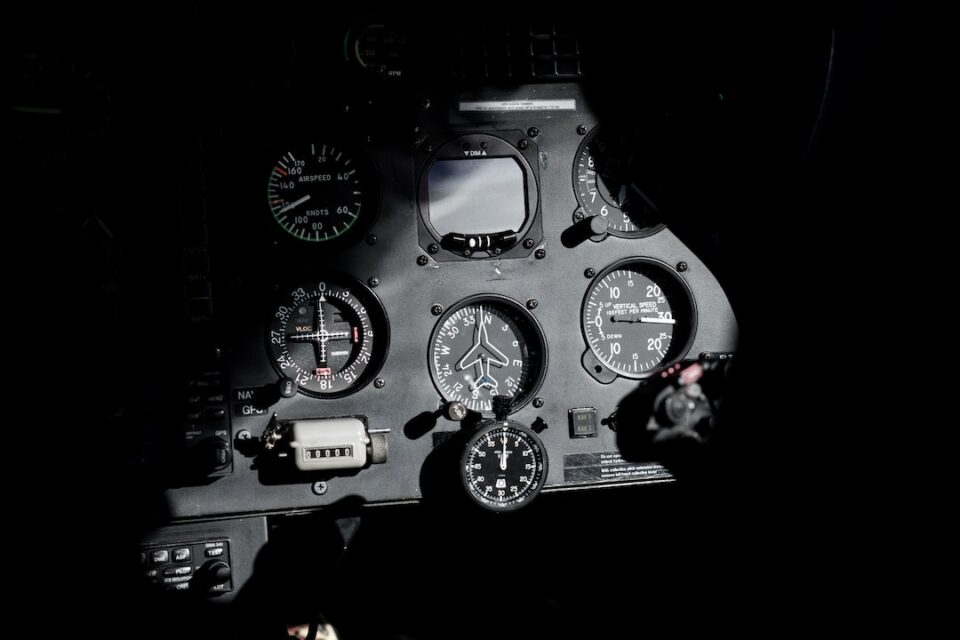Unraveling the Mysteries of Black Holes: Contributions from Aerospace Research
Black holes have long been a subject of fascination and intrigue for scientists and space enthusiasts alike. These celestial phenomena, characterized by their exceptionally powerful gravitational force, have posed numerous questions and challenges to researchers around the world. In recent years, however, aerospace research and the invaluable flight experiences have provided significant contributions towards unraveling the mysteries of these enigmatic cosmic entities.
Aerospace research plays a vital role in studying black holes due to the countless data gathering missions that have been conducted. Satellites and telescopes launched into space have captured detailed images and collected vast amounts of data pertaining to black holes. This flight experience has enabled scientists to observe and analyze the behavior of black holes, shedding light on their fascinating nature.
One of the key contributions of aerospace research in understanding black holes is the discovery of supermassive black holes at the center of nearly all galaxies, including our own Milky Way. It was through the study of gravitational waves and the observations made by space-based instruments, such as the Hubble Space Telescope and the Chandra X-ray Observatory, that the presence of these colossal black holes was confirmed. This flight experience of launching and operating these instruments in space has allowed scientists to gain insights into the formation and evolution of galaxies, unraveling the intricate relationship between black holes and their home galaxies.
Additionally, aerospace research has provided vital information about the powerful jets emanating from black holes, known as relativistic jets. These jets, composed of high-energy particles, can extend for millions of light-years, pushing the boundaries of our understanding of astrophysical phenomena. By utilizing flight experiences, such as the launch and operation of satellites like the Fermi Gamma-ray Space Telescope and the Very Long Baseline Array, scientists have been able to closely examine and study these jets, further deciphering the mysteries behind their immense energy output.
The concept of time dilation near black holes, proposed by Albert Einstein’s theory of general relativity, has also been confirmed through aerospace research. Various satellites and spacecraft have been sent to orbit around black holes to obtain accurate measurements of the gravitational field and its effects on time. These flight experiences have confirmed the existence of extreme gravitational time dilation, where time passes more slowly near black holes due to their intense gravitational force. This understanding has profound implications not only for astrophysics but also for our perception of time and the fundamental laws of the universe.
In conclusion, aerospace research has significantly contributed to unraveling the mysteries surrounding black holes. Through the flight experiences afforded by satellites, telescopes, and other space-based instruments, scientists have been able to observe, analyze, and collect valuable data about black holes and their various properties. From the discovery of supermassive black holes to the study of relativistic jets and the confirmation of time dilation, aerospace research continues to be an indispensable tool in our quest to understand these enigmatic cosmic phenomena.

